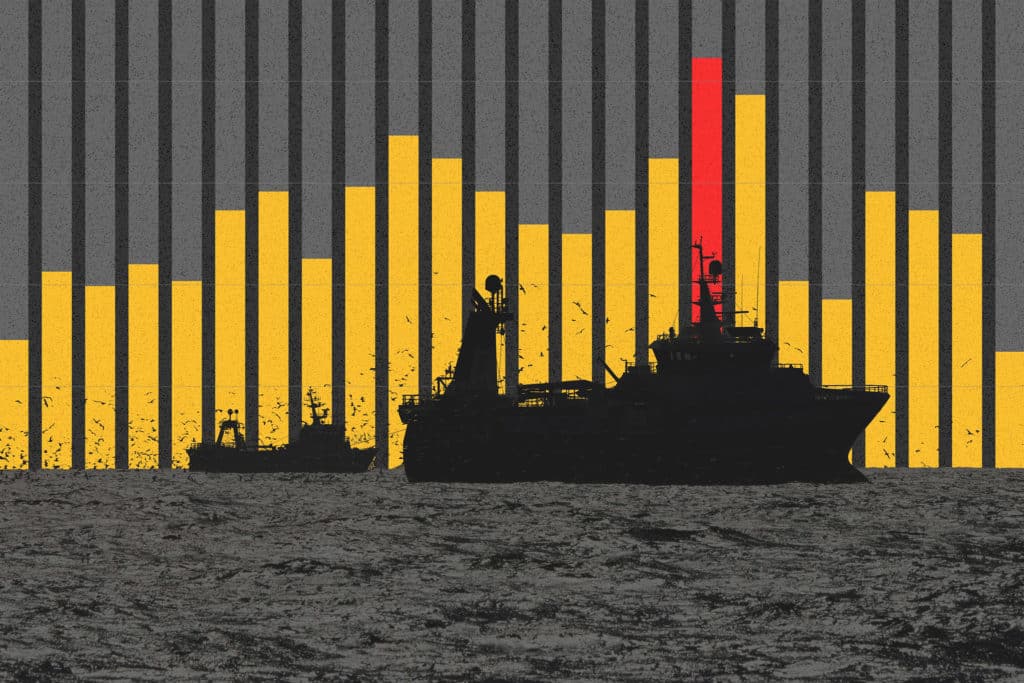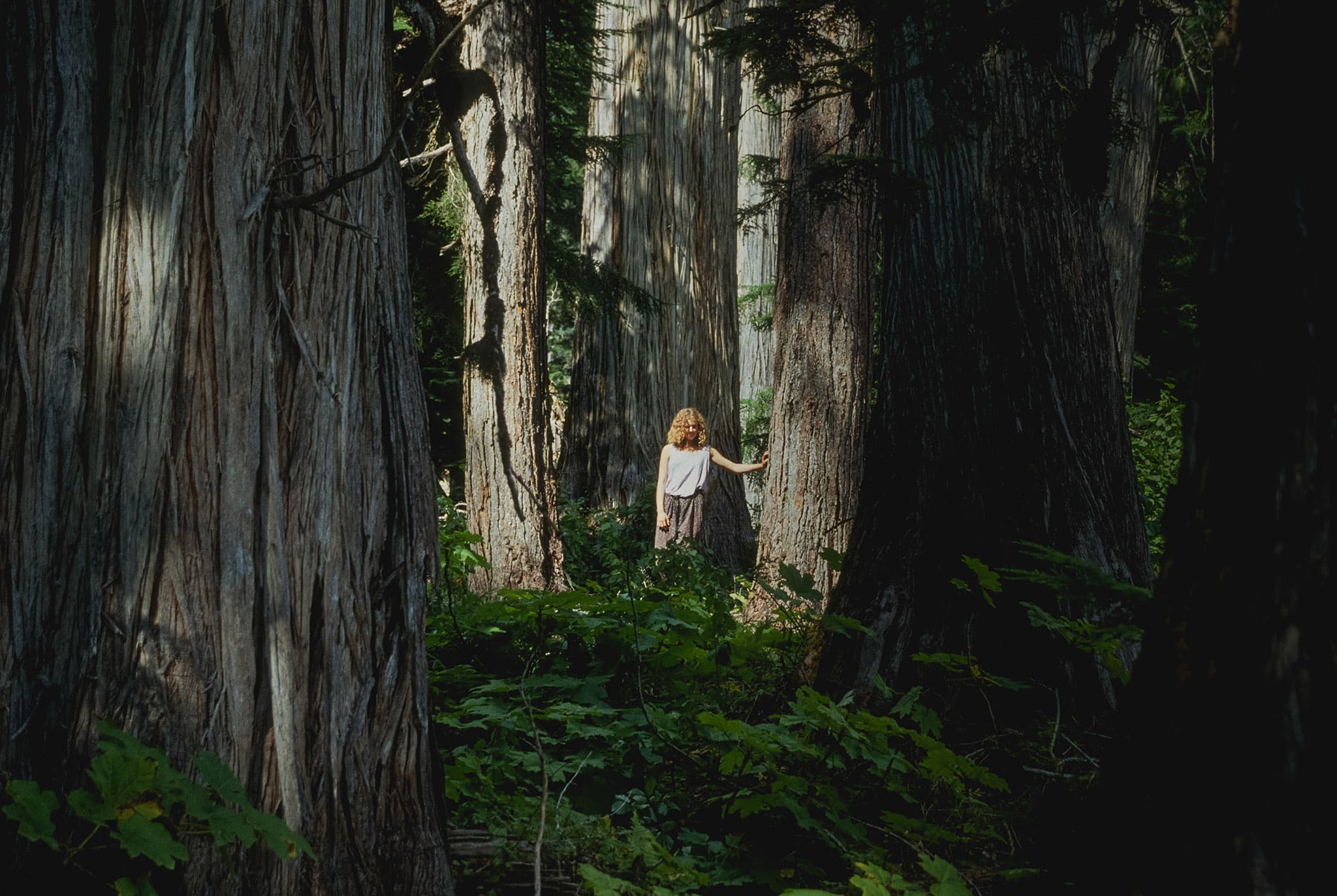
How can humans be better ancestors?
When Pacific Wild was founded in 2008, few laws existed to protect species and their habitats and even fewer government leaders prioritized environmental protection. Not a lot has changed on that front today, but against all odds, the conservation movement has still made progress. In 2022, we are about to celebrate a five-year anniversary of the grizzly bear trophy hunt ban and last year saw further cuts to the unsustainable herring fishery, and the announcement of both new logging deferrals of ancient forest and the creation of more marine-protected areas. But how was this possible without a legal and political framework to enforce environmental protection?
Quite simply, it is because of the overwhelming level of support, engagement and momentum from people like you that is forcing government and industry to change. This good news in the Pacific Northwest is happening in spite of government leadership and not in a small way because of Indigenous-led conservation efforts.
And while daily headlines about storms, floods, heatwaves, and droughts remind us of the climate crisis, there are still solutions available to us if we act NOW.
If we want to take meaningful and immediate action to reverse the climate crisis and safeguard biodiversity, we have to stop doing harm and protect what habitat we have left. A recent study found that deforestation in Canada caused more CO2 emissions than the oil sands of Alberta. The trawl fishery, which scrapes the bottom of the ocean floor is the equivalent of underwater clearcutting and releases as much CO2 worldwide as the aviation sector. Stopping these two industries would have a massive global impact on climate change while at the same time protecting threatened wildlife.
I’m so incredibly proud of all that our team is accomplishing. As I write, our marine specialist is traveling to coastal communities as part of the public consultation process for Marine Protected Areas, a step towards protecting 30% of our marine areas by 2030. Two staffers are in Bella Coola amplifying the stories of grizzly bears and those working to protect them. Another team is offshore documenting bycatch in the trawl fishery.
We also continue our work in the courtroom to end the wolf cull and hold the B.C. government accountable to the Wildlife Act. Through our court challenges, wolves have had more legal representation over the last year than at any other time in B.C. history. A recent U.K. report titled Law in the Emerging Bio Age (The Law Society, 2022) asks “how humans can be better ancestors to future generations of all species and what that would mean for legal ethics. The evolving relationship between humans and living systems will provoke new opportunities and risks that demand oversight and new regulations.” It argues that granting legal rights and protections to non-human entities such as animals, trees and rivers is essential to combat biodiversity loss and climate change.
Being a voice for wildlife and wild places has never been more important.
Thank you for adding your voice,
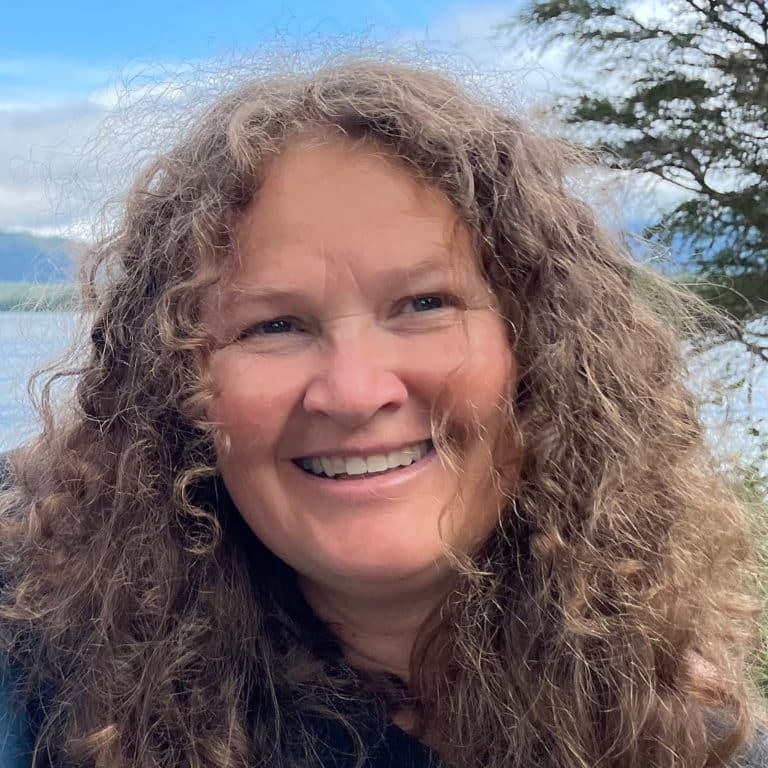

Karen McAllister
Executive Director
Using methodology that conforms to UN guidelines, Nature Canada’s 2022 report “Lost in the Woods” found that between 2015 and 2020, Canadian forestry has released an average of 82 megatonnes of carbon every year. By contrast, the oil sands emit about 78 megatonnes a year from production.
Pacific Wild joins a growing number of signatories to the declaration “United We Stand for Old Growth Forests” that calls upon the province to stop their “talk and log” approach and implement all 14 recommendations of the Old Growth Strategic Review panel. Stay tuned for details on a super rally in front of the B.C. Parliament Buildings in February.
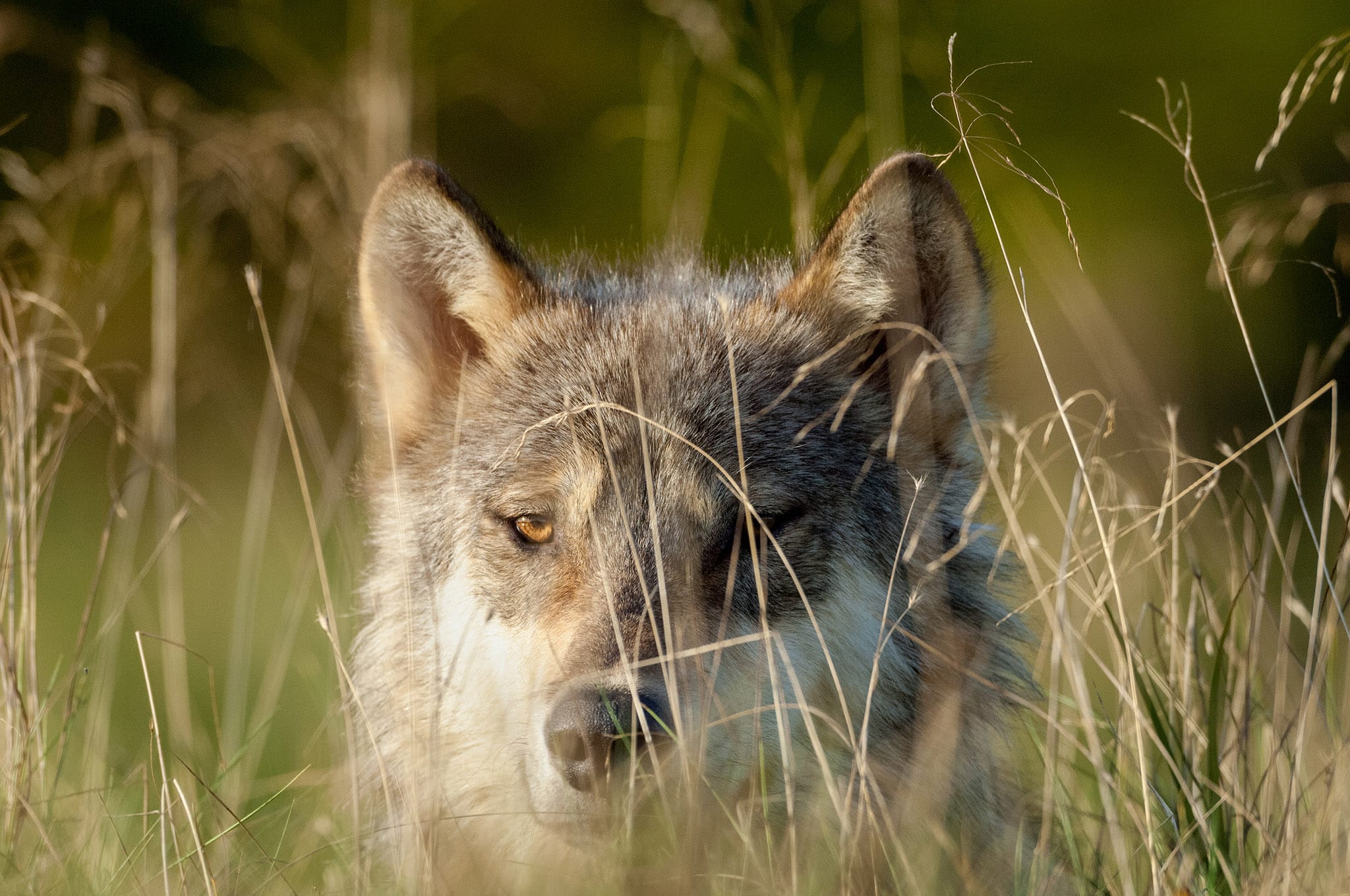
Save BC Wolves
wolf cull renewed despite public opposition
In early 2022, the B.C.government quietly extended its controversial wolf cull until 2027. For nine years, the Province has allowed snipers to shoot wolves from moving helicopters (a practice known as aerial gunning), ostensibly to protect endangered caribou populations. This scapegoating of large predators, primarily wolves, continues in the absence of meaningful action to protect critical old-growth habitat, which is the root cause of caribou declines.
Results from the B.C. government’s own Predator Reduction for Caribou Recovery Engagement Survey released last winter show that nearly 60% of respondents oppose the wolf cull. The majority of respondents listed habitat protection, restoration, and management as their top priorities for caribou recovery.
280
Wolves Killed in 2022
1,704
Wolves Killed Since 2015
$6M
Total Cost to Taxpayers
Howl 2 Horgan
Last spring, together with The Fur-Bearers, Animal Alliance of Canada, Humane Society International Canada, Takaya’s Legacy Project, and the Union of British Columbia Indian Chiefs (UBCIC), Pacific Wild launched howl2horgan.org. Focused in Victoria and former Premier John Horgan’s riding of Langford/Colwood, the Howl2Horgan campaign uses billboards, bus, bike rack, and radio ads to bring the message to end B.C.’s wolf cull to the government’s front door.
A Voice for Wolves
In June 2022, British Columbia Supreme Court Mr. Justice Giaschi finally handed down his decision regarding Pacific Wild’s judicial review case against the B.C. government to test the legality of the wolf cull. Mr. Justice Giaschi granted Pacific Wild public interest standing to speak on behalf of wolves, stating that “the mammals most directly affected, the wolves, have no ability to bring the action.” This case marks a milestone for wildlife protection and opens the door for future legal action as Pacific Wild continues to call for government accountability and an end to the cruel and ineffective killing of an important predator species.
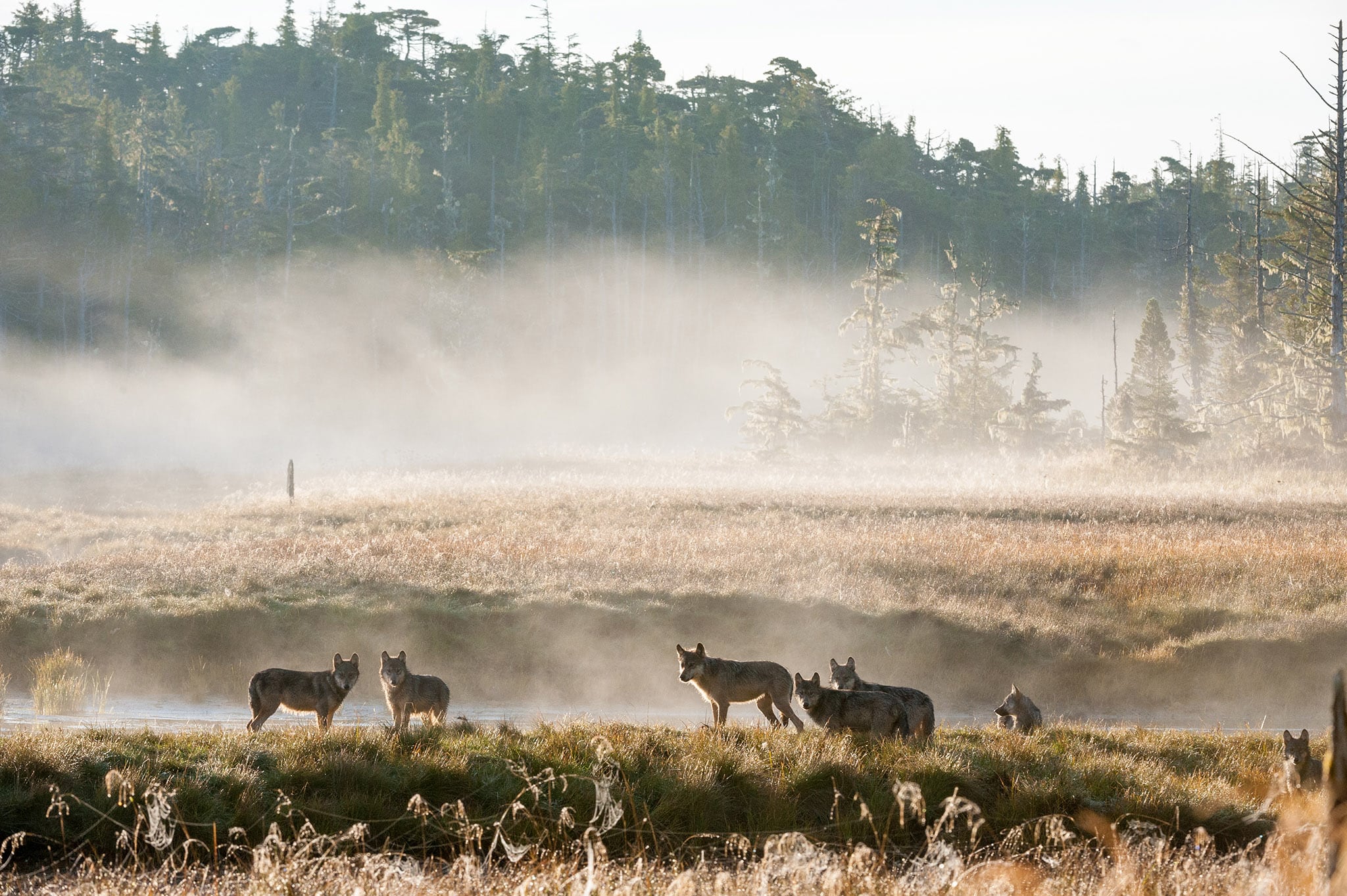
People Management, Not Wildlife Management
It is time to revisit the North American Model of Wildlife Conservation, which largely guides wildlife and habitat management in both Canada and the U.S. and favours wildlife “management” techniques that pit humans and other species against each other. As with the cull of the wolves to protect endangered caribou, when one species is deemed at risk, another is often blamed and killed to achieve so-called balance. Wildlife populations are also currently managed less with their intrinsic value in mind, and more for their worth as a resource to humans. The Union of British Columbia Indian Chiefs has openly denounced this approach, especially concerning the wolf cull, and in November has yet again called on the government to end “unethical hunting,” specifically “killing contests” which are “in direct opposition to Indigenous traditional values.”
Wildlife killing contests are an extreme example of sport hunting that is legal in B.C. today, where animals are killed to accumulate points towards winning cash and/or prizes. Send a letter today to end these unthinkably cruel and unethical contests.
An April 2022 poll of Canadians (Research Co.) showed that while 62% of Canadians support hunting animals for meat, over 80% of residents oppose trophy hunting, or killing for status, prizes, skins, and non-food purposes. A ban on non-sustenance hunting would represent the will of the majority of Canadians.
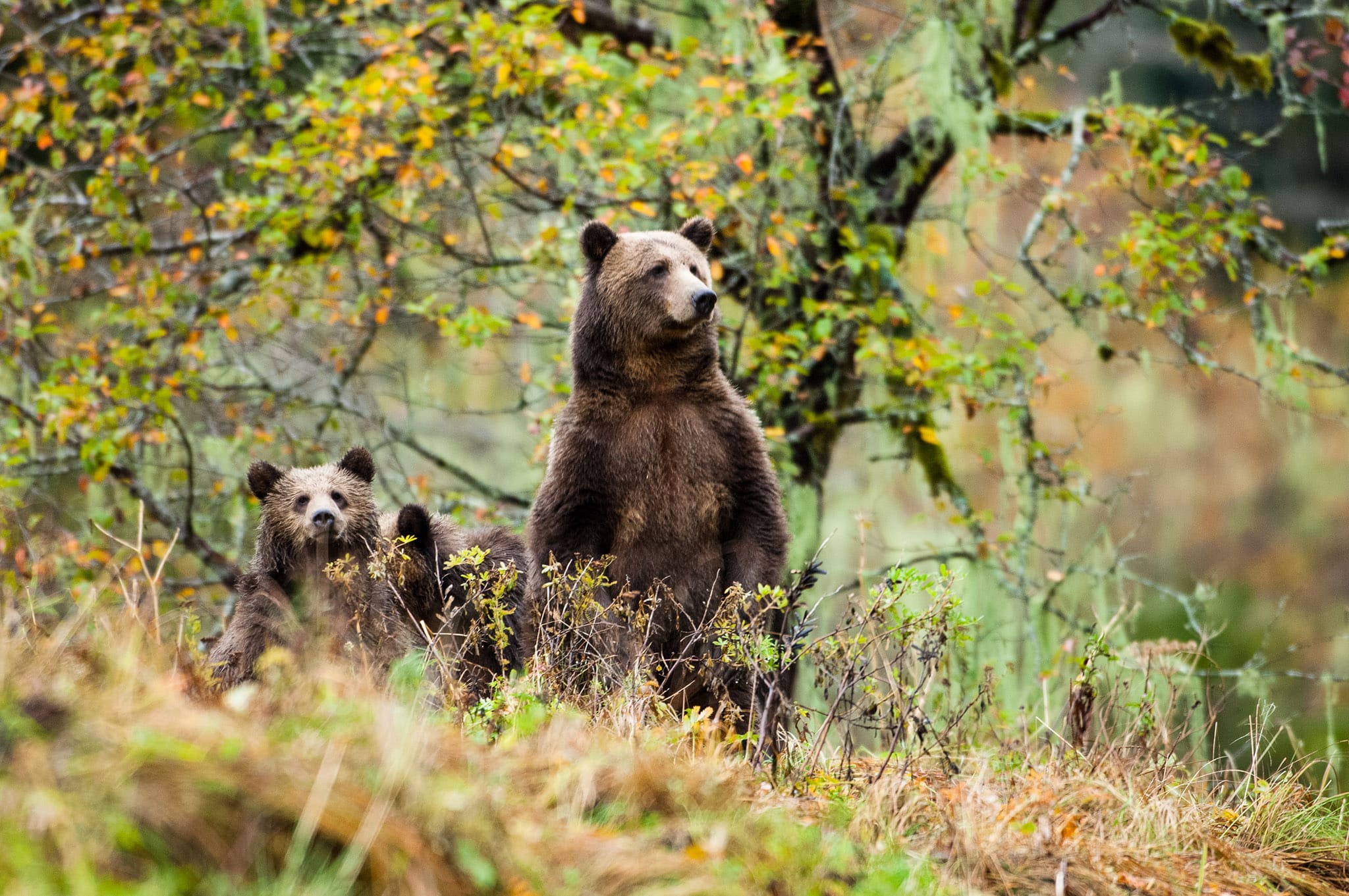
Five Years Free
This November marks the five-year anniversary of the grizzly bear trophy hunting ban in B.C., the result of decades of campaigning by many First Nations, such as the Central Coast First Nations Bear Working Group, Pacific Wild and countless others. Unfortunately, this ban has still not been formalized into law and there continues to be pushback from trophy hunting proponents. British Columbians celebrating this important milestone should let their MLAs know that protecting grizzlies is still a priority.
While the ban is important, we ultimately cannot protect grizzly bears if we don’t also protect their habitat and help citizens understand how to live alongside them. The Great Bear Rainforest is one of the few places left where grizzly bears have enough ancient forest and clean, free-flowing rivers to fish, forage, and live.
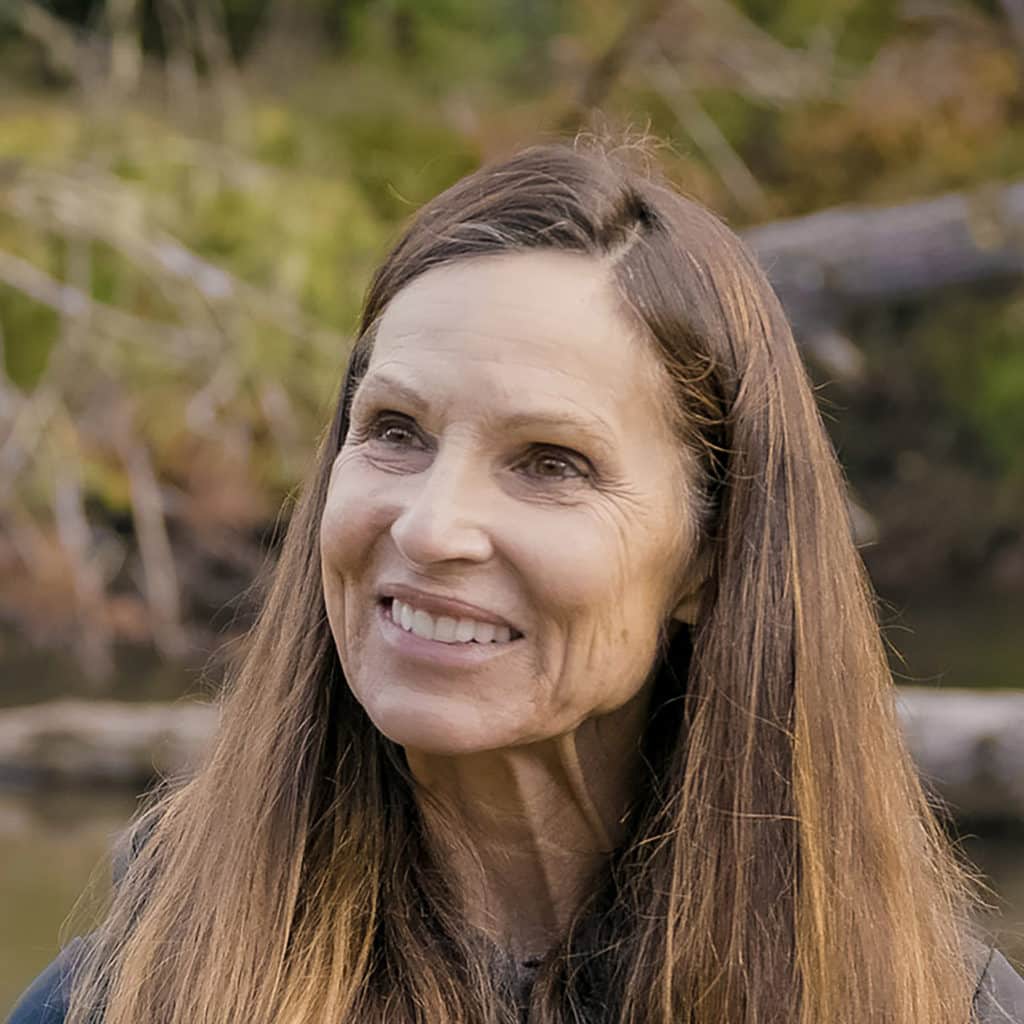
“We are able to change our impact on these animals. What we can't change is nature's impact on these animals. […] Humans have to work together to create an environment that's not going to cause a bear to lose his life.”
— Ellie Lamb, long-time Pacific Wild supporter, naturalist and bear specialist working in the Great Bear Rainforest
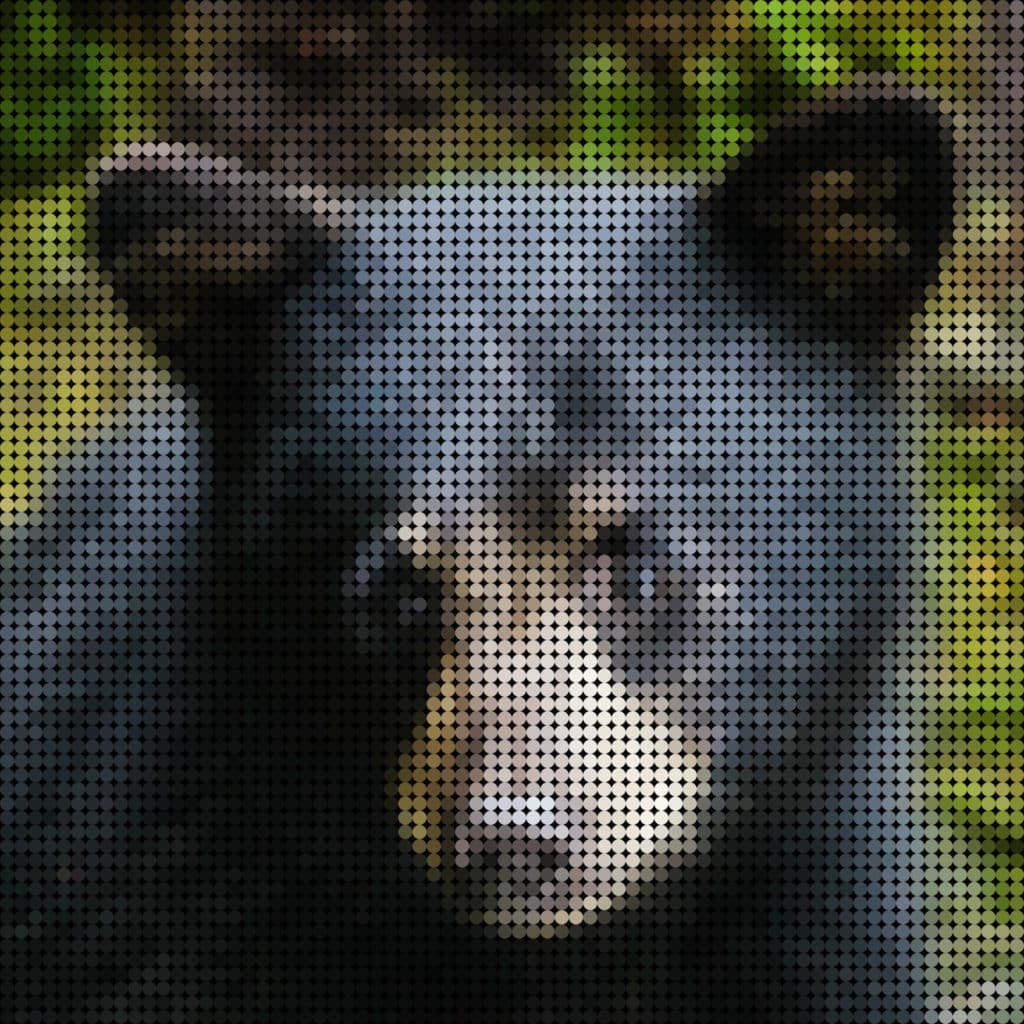
Each of the 5,600 dots that make up this image represents each black bear that B.C. has killed since 2011. 70 of the dots represent cubs. Pacific Wild advocates for improved wildlife management approaches, education on coexistence, and the protection of the beautiful habitats and ecosystems that bears depend on.
Marine Protected Areas
An Investment into our Collective Future
Canada has committed to protecting at least 30% of our oceans with Marine Protected Areas (MPAs) and Marine Protected Area networks (MPAns) by 2030 to recover fisheries and maintain or restore healthy ecosystems. To date, only about 14% of Canada’s oceans are protected.
For over a decade, 17 First Nations, along with the B.C. and federal governments, have worked to design the Northern Shelf Bioregion MPA Network (NSB MPAn), a web of individual sites that work together synergistically from northern Vancouver Island to the Alaskan border. The network is designed to protect biodiversity and cultural values to help humans, communities, and all the ocean’s species survive and thrive.
"The NSB MPAn will be the first of its kind in Canadian waters and is a groundbreaking step for marine protection."
— Sydney Dixon, Pacific Wild Marine Specialist
Research has shown that the most effective MPAs have high levels of community support. This October, Pacific Wild’s Marine Specialist, Sydney Dixon, attended public consultations for the NSB MPAn in Campbell River, Haida Gwaii, Prince Rupert, Kitimat and Bella Coola as a representative of the environmental non-government sector in B.C. and as a stakeholder for the central coast region. The consultations gave stakeholders and community members the opportunity to add their voice to the network’s Action Plan, scheduled to be published in early 2023.
Learn More About MPAs
Dive deeper into marine protection by visiting greatbearsea.org, an interactive website jointly produced by CPAWS, DSF, WWF, WCEL and Pacific Wild.
Take Action
You can help show your support for marine protection by sending a letter to our Fisheries Minister, Joyce Murray, urging Canada to invest in our oceans for future generations.
Every year thousands of surf scoters arrive in Gitdisdzu Lugyeks (Kitasu Bay) during herring season to feed. This year the Kitasoo Xai’xais Nation took marine protection into their own hands. The Nation’s newly created Marine Protected Area, Gitdisdzu Lugyeks, will act as a permanent safe haven for fish and other marine life, helping ensure that the richness of the Great Bear Rainforest is preserved far into the future.
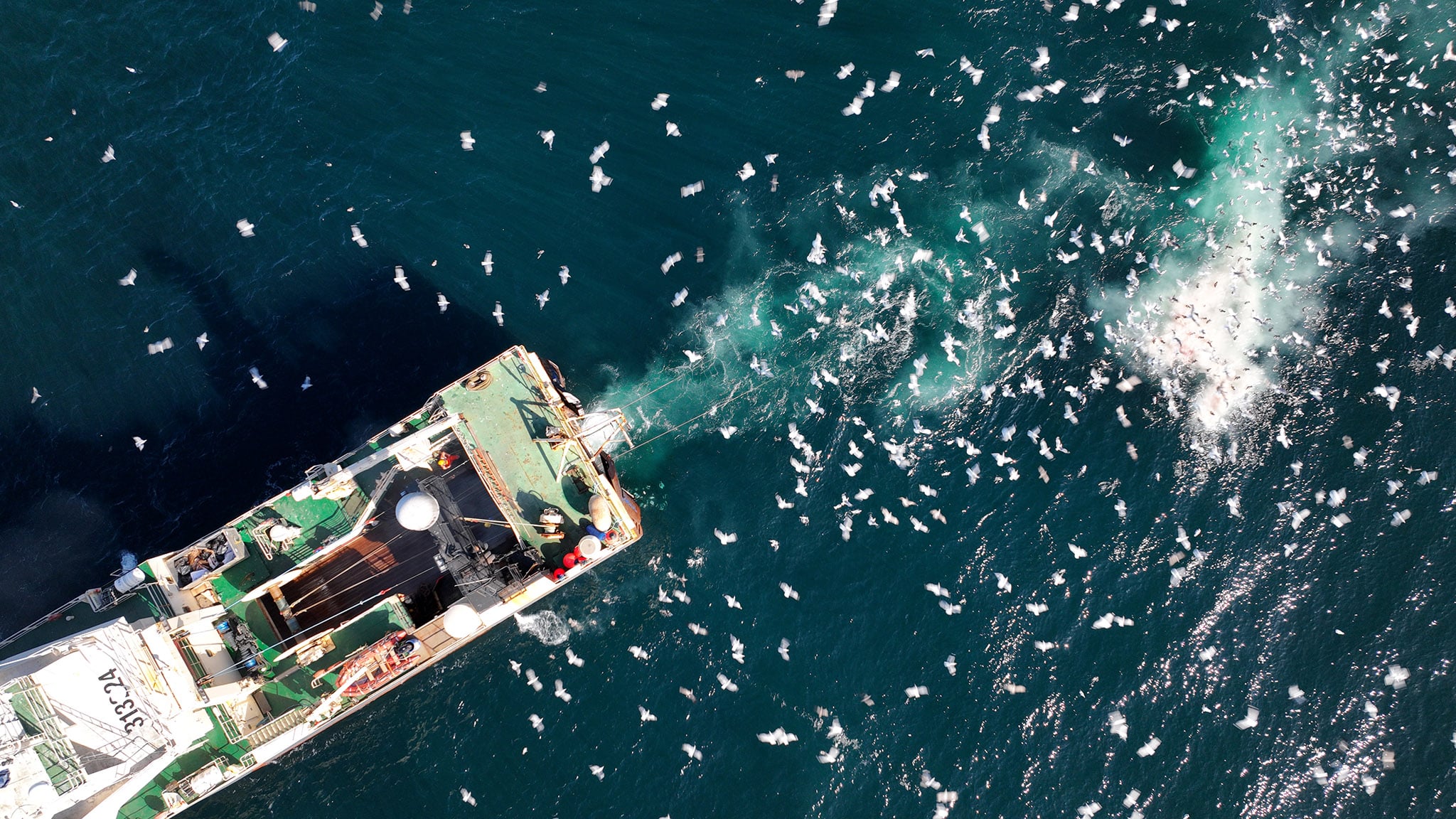
In Deep Trouble
halting destruction
Bottom trawling is a fishing method that indiscriminately scrapes the sensitive sea floor with massive, weighted nets (some larger than a football field), scooping everything in their path. The seabed is often irreparably damaged, with ancient sponges and corals left in ruin. Shockingly, bottom trawling is still legal within the bio-sensitive region along Canada’s west coast continental shelf and even within some MPAs along the B.C. coast.
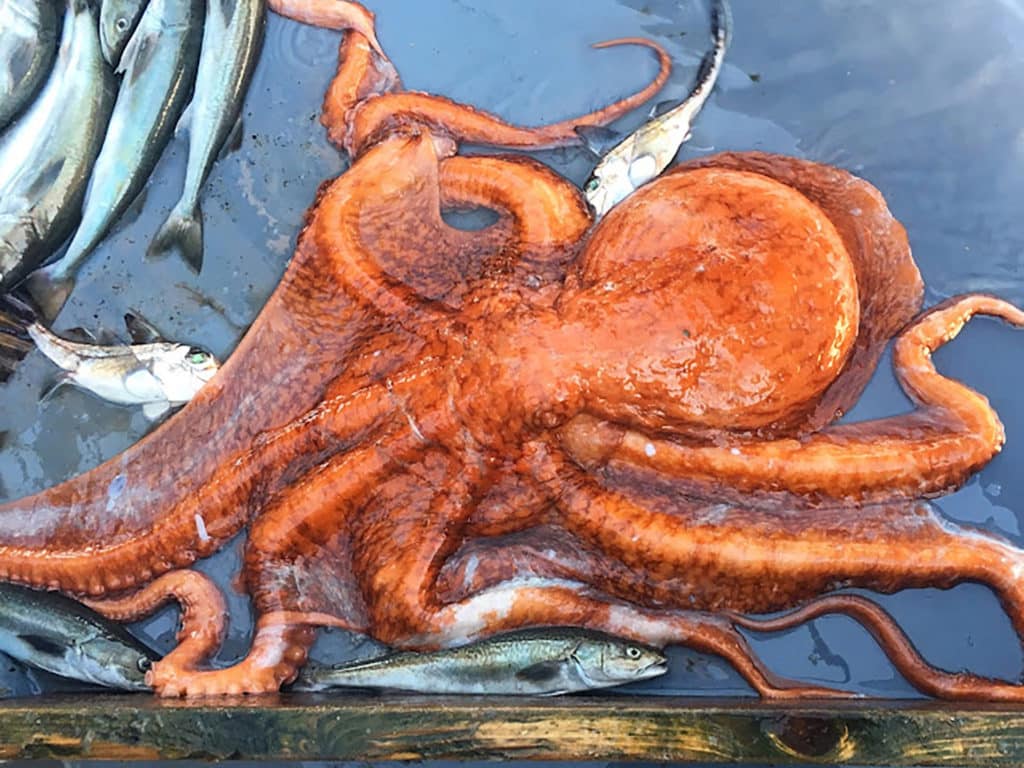
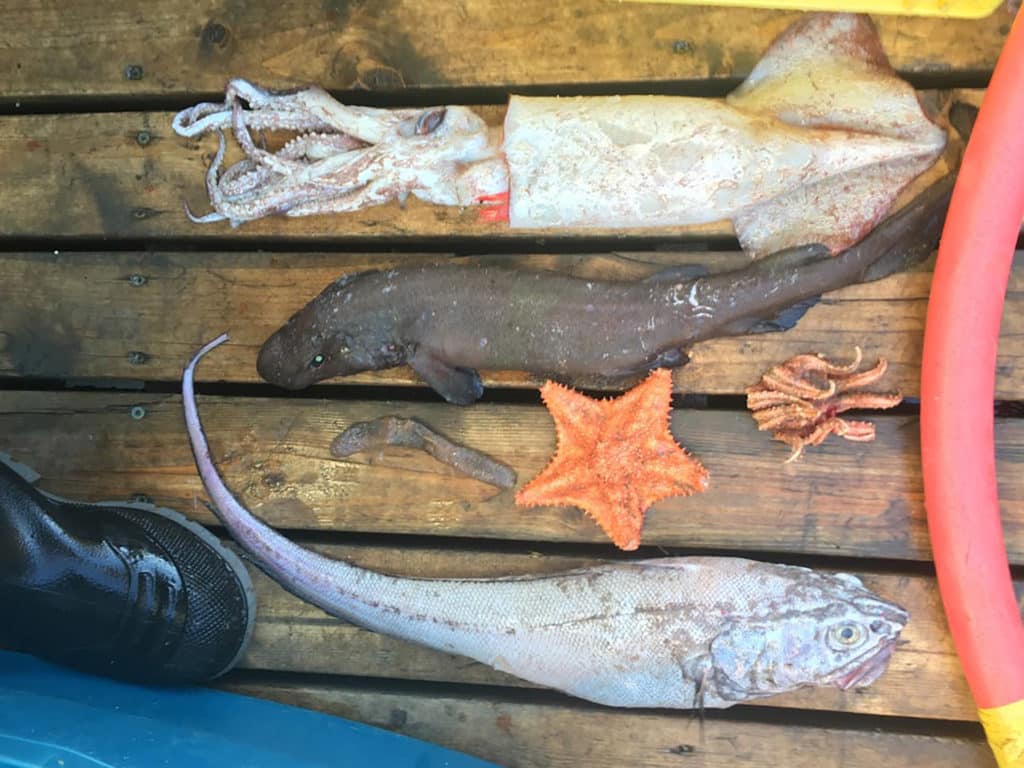
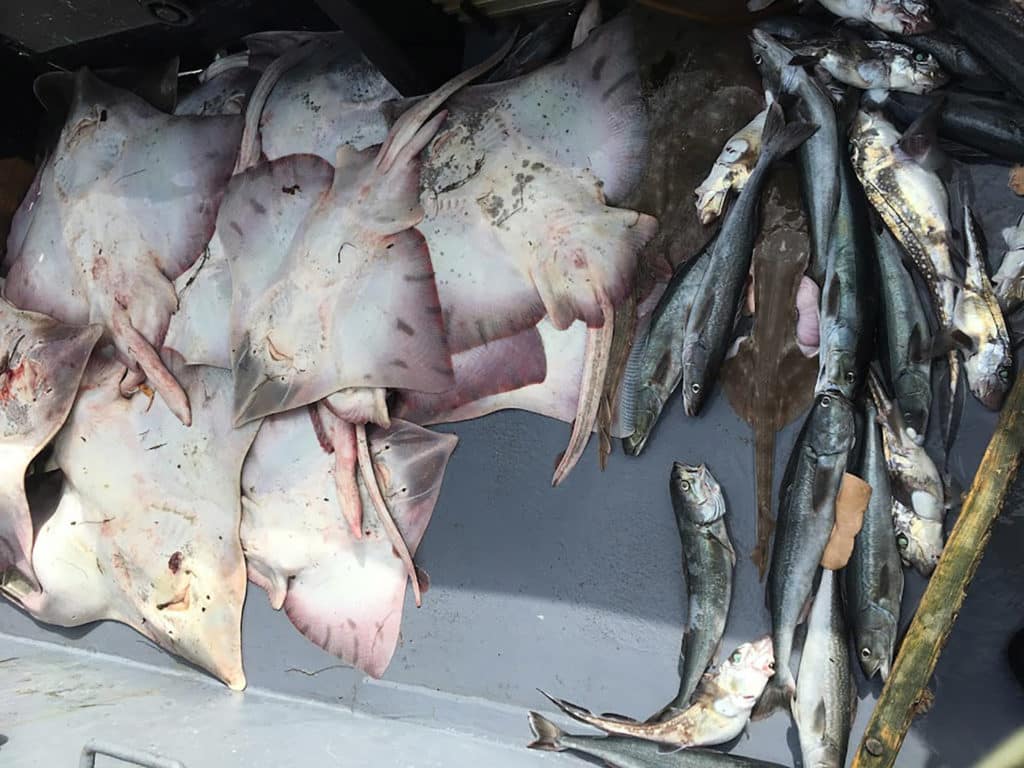
An average bottom trawl catch in B.C. is about 38,500 tonnes with 23% reported as discarded bycatch of non-target species including halibut, sharks, skates and squid (source).
canadians think bottom trawling is a drag
In May 2022, Pacific Wild commissioned an independent polling company (Research Co.) to conduct a national online survey on the bottom trawl fishery in B.C.. Of the 2,462 respondents (1,657 Canada-wide with a secondary sample boost of 805 adults in B.C.), 67% of Canadians believe that bottom trawling should not be allowed in Canadian waters. When the lens is focused on B.C., 77% of British Columbians believe bottom trawling should be banned, and only 5% have “complete confidence” in the federal government’s ability to manage Canadian fisheries. Over half (55%) of Canadians erroneously believe that bottom trawling is already not allowed in Canadian waters.
Check out our blog post for the full results and write up!
deep dive into dragnetting
In 2022, Pacific Wild sifted through thousands of pages of archival records to research the trawling industry and create a detailed analysis of historical and modern fishing data. Our access to information requests for this project were initially denied, but we found alternative public source information and successfully navigated the complicated information appeals process in Ottawa. We believe fisheries data and information should be public.
Over many months, we pieced together a picture of the trawling industry. We located every vessel operating and recovered detailed information about foreign and corporate ownership of the trawling fleet. The complex corporations that are largely responsible for the trawling in B.C.’s oceans are not only causing significant damage to our marine ecosystems, but also negatively impacting the economies of small coastal fishing villages and Indigenous communities. With other countries such as the United States implementing trawling bans and no-trawl zones, B.C. is fast becoming the last frontier of exploitative corporate fishing giants.
Watch out for our full report, Dragnetting coastal communities: The case for transparency and economic reform in B.C.’s trawl fishery this winter.
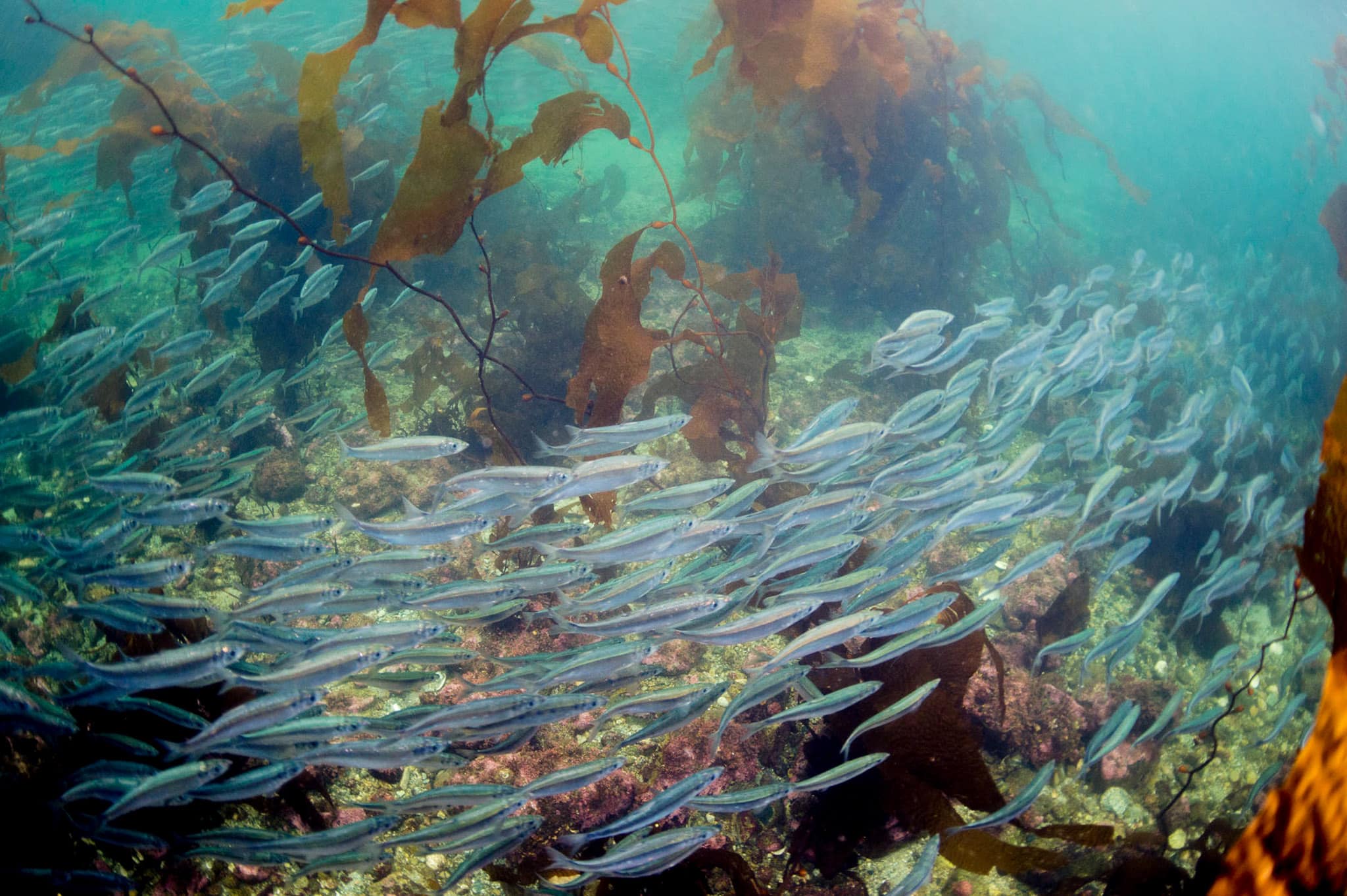
Big Little Fish
Herring populations on Canada’s Pacific coast have rapidly declined over the past century. Four out of five Pacific herring fishing grounds have collapsed, making the Strait of Georgia (SOG) the last remaining commercial herring fishery. This year Minister of Fisheries and Oceans Joyce Murray announced a 50% reduction in the commercial herring quota with a maximum total allowable catch of 7,850 tons in the SOG for 2022. However, the SOG fleet caught just 3,407 tons, indicating that SOG herring populations are in dire straits.
While the commercial fishing fleet struggled to fill even its reduced quota, many First Nations along the coast reported that this season’s traditional Spawn-on-Kelp (SOK) fisheries were successful. SOK fisheries harvest the roe from kelp, cedar, and hemlock boughs after spawning takes place. This no-kill fishery allows herring to spawn several more times over their lifecycle. However, while gillnetters and seiners continue to profit from the herring industry, the more sustainable and largely Indigenous-run SOK fisheries were barred from commercial operations in 2022.
bringing the ocean to you
Pacific Wild loves to share about the sea! This summer, our Marine Specialist, Sydney Dixon, joined forces with other educators from Victoria at Fisherman’s Wharf for the annual Oceans Day Festival. Partnering with the Royal B.C. Museum and the University of Victoria Biology Department, Pacific Wild hosted an interactive display of real specimens found along B.C.’s coast, created an ocean animals scavenger hunt, and showcased how photography can be used as a non-invasive way to monitor and identify killer whales.
In the fall, Sydney joined North Island College as a guest lecturer in their Principles of Ecosystem Stewardship course, participated in North Vancouver District Library’s Life on the Coast series, and attended the Pacific Rim Whale Festival to showcase the importance of Pacific herring. Online, Pacific Wild had the pleasure of meeting with the Sea Kayaking Association of B.C. to teach paddlers how they can participate hands-on in research and conservation efforts by collecting data as a citizen scientist on the water.
Interested in learning more from Sydney? Please email oceans@pacificwild.org to inquire about virtual and in-person presentations and workshops hosted by Pacific Wild.

herring in the classroom
In 2022, Pacific Wild developed the Herring in the Classroom program to educate students about herring as a foundational species to the ecosystems of the Pacific Coast. Herring in the Classroom provided teachers around Vancouver with worksheets, educational videos and self-paced trivia games.
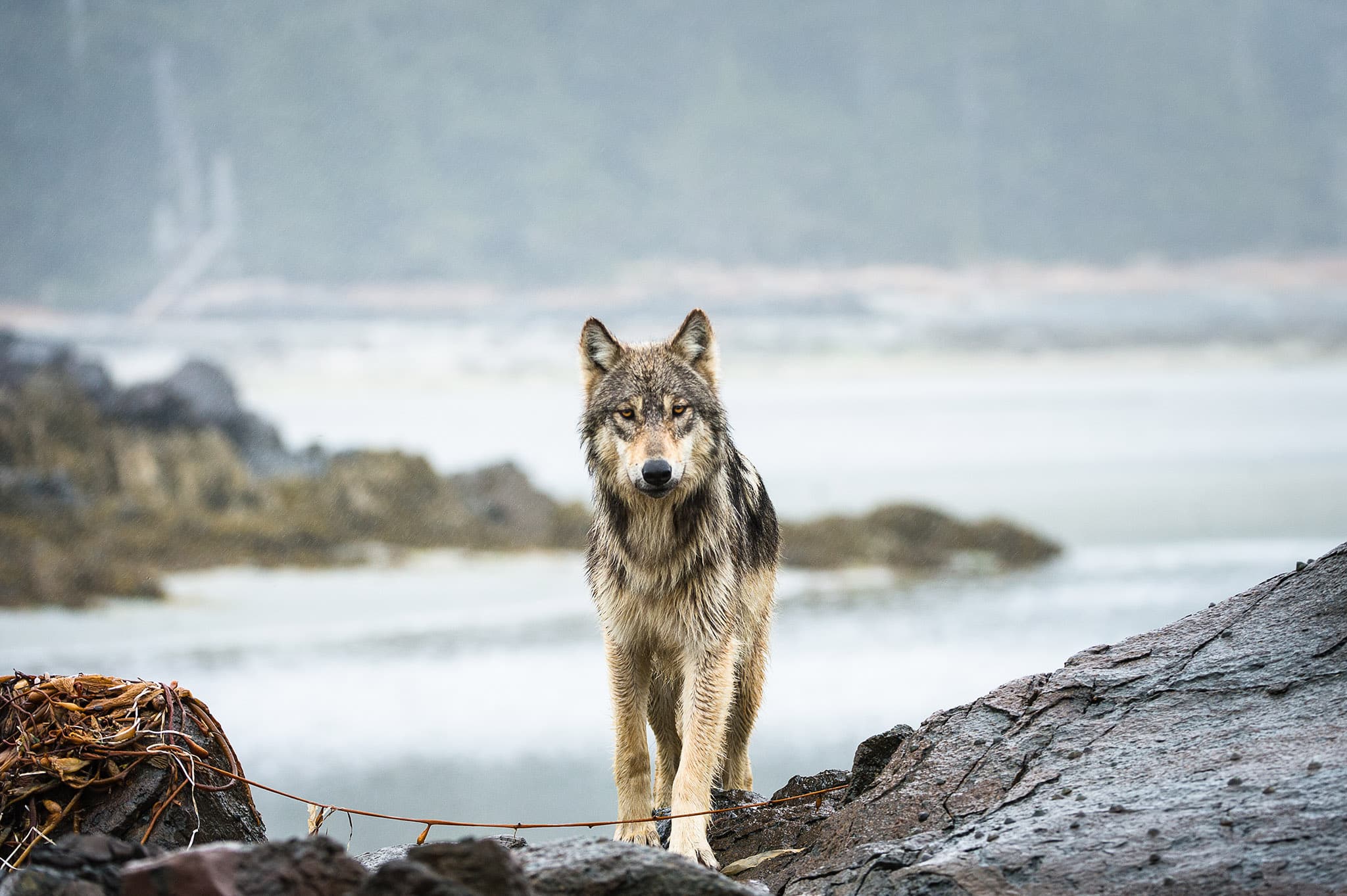
What is Intelligence-Led Conservation?
As governments around the globe become more aligned with industry, there is a growing need for environmental NGOs to rely less on government and proactively gather their own critical conservation information. This practice has come to be known as conservation intelligence, a modern and cutting-edge approach that guides campaigns to be information-led and people-driven.
In its broadest description, conservation intelligence, or intelligence-led conservation, is a business process for environment campaigns and finds its roots in investigative and anti-poaching work. It is a way of accomplishing real world conservation results in a forward-thinking and strategic manner.
More narrowly, conservation intelligence aims to connect the dots between fractured environmental information for a more holistic, meaningful, and change-oriented campaign picture. It is both a business model and a process tool by which complex information is gathered, analysed, and synthesized for a critically focused and direct approach in conservation work.
As humans, we all know things about our precious planet and feel things about the current direction of our collective world. Sometimes it is hard to articulate the swirls of data and information flying around us. In practical terms, it can be said that conservation intelligence seeks to achieve change by bringing the diverse voices of our complex planet directly to the eyes and minds of the people within it.
To that end, we hope you will join us in our adventures to come.
Dr. Bryce J. Casavant
Director of Conservation Intelligence

Bryce is a veteran and former B.C. Conservation Officer who grew up on Vancouver Island. Bryce previously worked with Pacific Wild as the Senior Policy Analyst and has now re-joined the team as the Director of Conservation Intelligence. Bryce has a passion for investigating government non-compliances and environmental crime and has over twenty years of experience working with NGOs and environmental legal teams. Bryce holds a doctorate in Social Sciences and periodically lectures in Legal Aspects of Environmental Management.
Through recent conservation intelligence work, Pacific Wild learned that the province is arming the British Columbia Conservation Officer Service (BCCOS) with assault-style rifles and this weapon has also been used in the government wolf cull. We shared these concerning developments in various media outlets and have demanded in an open letter to Premier, David Eby, that he recall all assault rifles used by the BCCOS and equip officers with body cameras to ensure civilian watchdog oversight. Photo by B.C. Conservation Officer Service.
Friends of Pacific Wild
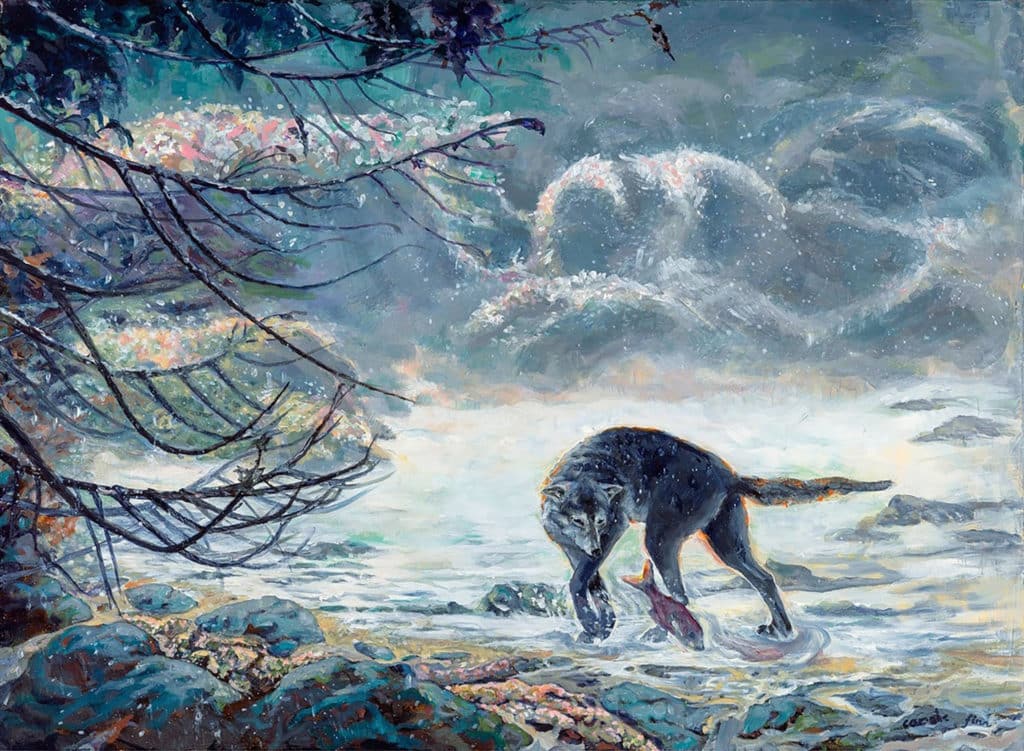
wild auction 2022
Last spring, Pacific Wild held our third annual Wild Auction, featuring art, travel, dining, and other services. While the auction was online, we hosted a “May Mingler” in a donated space at Cinderbloc Studio in Victoria, our first live event in three years! Wild Auction 2022 raised over $20,000. A big thank you to all who participated!
If you would like to be involved in next year’s Wild Auction the week of May 19, 2023, either as an artist or an event volunteer, please visit friends.pacificwild.org/wild-auction-2023
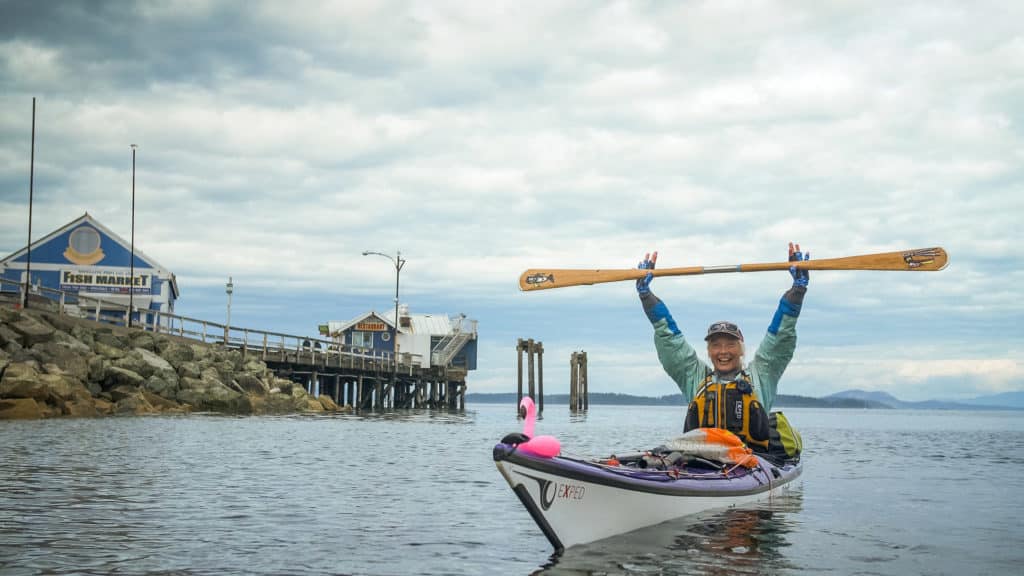
paddling to protect
A big thank you to Ben Wells and Susan Marie Conrad from Arlington, WA, who made a huge difference for conservation this year with a unique storytelling journey through the Great Bear Rainforest. Susan is a kayak expeditionist with three trips in the GBR under her belt. We followed her travels from June 8-22 through many of the proposed sites within the NSB MPAn. Along with his work partner Josh, Ben launched a matching fundraiser campaign, seeded with $15,000, and raised over $40,000 for our marine work over the course of Susan’s journey.
Learn more about MPAs and Susan’s expedition by visiting our ArcGIS StoryMap website titled: Paddling the Great Bear Rainforest.
Featured Friend of Pacific Wild: the healing pear
Canadian-British jewelry artist Trish Odorico began supporting Pacific Wild in 2019, and to date has raised over $10,000 for Pacific Wild from her U.K. studio The Healing Pear.
Trish’s generosity is matched by the beauty of her products, most notably the hand carved animal and nature inspired necklaces. Thank you, Trish, for your commitment to protecting the Great Bear Rainforest. To learn more, visit friends.pacificwild.org/the-healing-pear
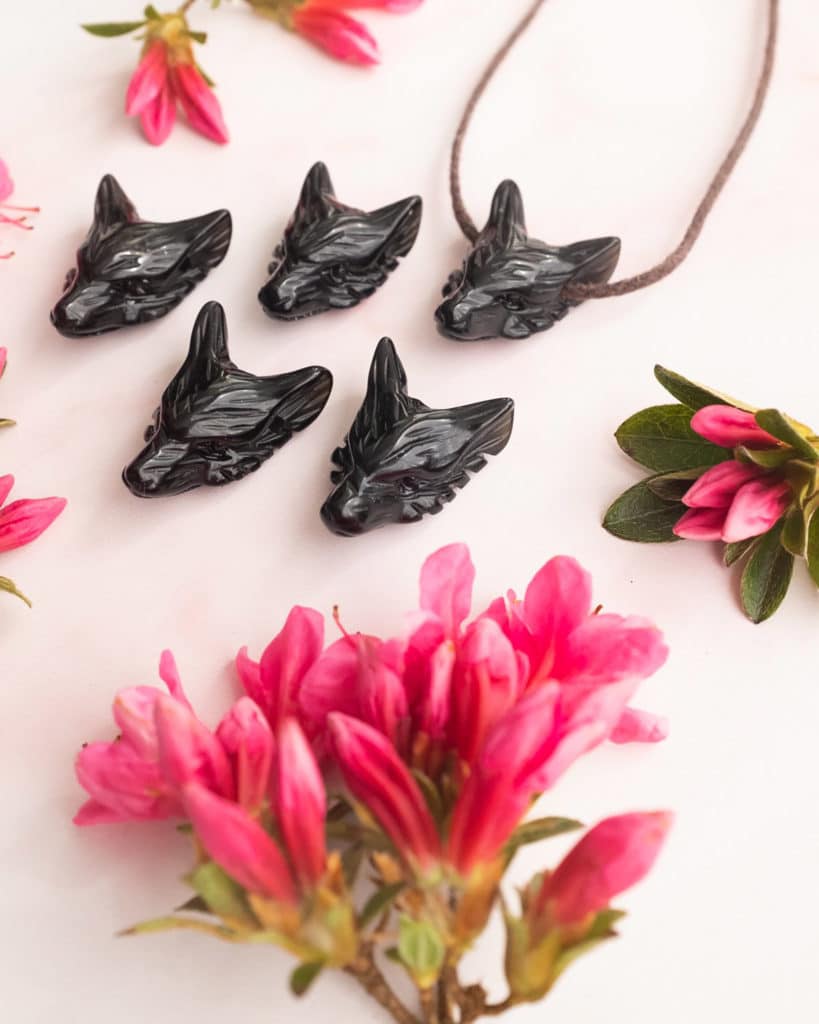
join friends of pacific wild
If you would like to support us through the Wild Auction, an expedition, percentage of business sales, or if you have other ideas for collaborations that will directly contribute to Pacific Wild’s campaigns, please contact laurie@pacificwild.org.
Photos by Ian McAllister. Additional photography by Geoff Campbell, Cam MacArthur, Valerie Shore, David Malysheff and The Healing Pear.
journal hard copy
We mail hard copies of the Pacific Wild Journal to our donors every fall.
Don’t miss out in 2023.
